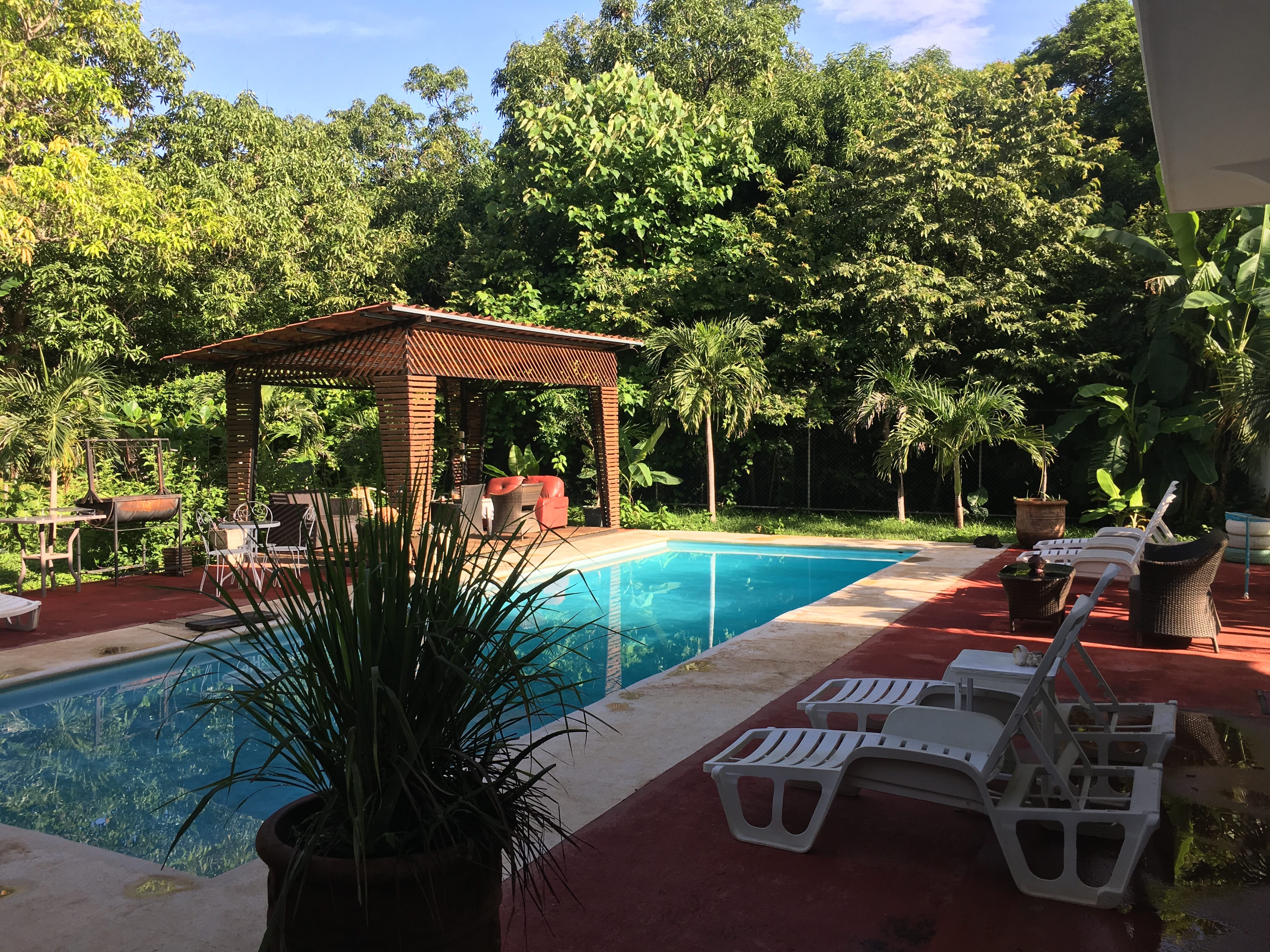An idea I’ve been hearing more of lately, especially in the context of biodesign, is that failure is truly a key part of success. While this might sound obvious or even cliché, I feel like I couldn’t really learn it and ingrain it in my head until I started working on biodesign projects. For example, during my senior capstone class at GW, our professor had us utilize Scrum project management, which essentially involves working toward back-to-back short-term goals for small chunks of time called “sprints.” If at any point throughout the sprint the team realizes it must pivot, then the following goal, and perhaps even the long-term project vision, is modified. The main idea is that through constant trial-and-error, a team can continuously prototype, test, discuss, and refine until ultimately reaching an ideal solution.
The reason I bring up this topic of trial-and-error and failure is because of a revelatory moment I experienced at work today. This past Friday, my supervisor tasked me with designing a fixture to hold medical guidewires for a specific point within their assembly process. This seemed quite daunting to me, and for a while I thought I needed the perfect methodology for approaching and solving this challenge. I asked myself questions like “How much background knowledge do I need?” and “How many ideas should be screened for prototyping?” I assumed that anything I tried wouldn’t really be that successful unless I knew the exact answers to all of these questions.
Eventually, I began to remember what I’d learned in senior capstone about the importance of trying, failing, and learning, and I realized something: I might not know exactly how to proceed from Point A to Point B in this design process, but… that’s okay! I have enough background knowledge that I can brainstorm a few concepts and create one or two prototypes. If I make mistakes along the way, that’s okay (well, as long as my supervisor and I are aware of these mistakes and I eventually design something that works). By the end of the day, I had jotted down several brainstorm ideas in my notebook and come up with a preliminary SolidWorks part.
Will the design be perfect on my first try? Absolutely not. Will I need to go back and change it? Yes, probably many times. And yet, I have learned that this method of thinking is one of the best strategies, if not THE best strategy, for designing. With that said, please wish me luck as I continue this endeavor – I promise to post an update soon! In the meantime, please enjoy this lovely photo of the Airbnb house that several of my classmates and I enjoyed in Tamarindo, Guanacaste this past weekend.

